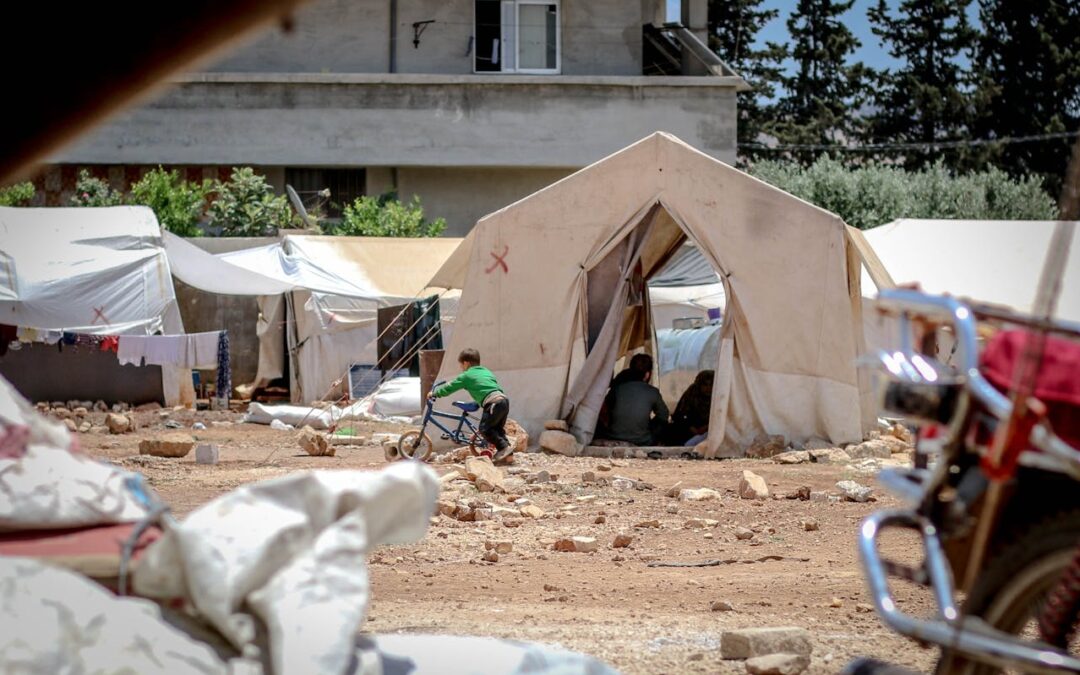Emergency relief tents serve as essential shelters during crises, providing displaced individuals with safety and comfort. To ensure these tents meet the demands of challenging environments, both material quality and design features play critical roles.
1. The Role of Durable Materials in Emergency Relief Tents
Durable materials are fundamental to the reliability and functionality of emergency relief tents. These materials ensure the tents can withstand the harsh conditions often encountered in disaster zones, such as strong winds, heavy rain, and fluctuating temperatures. By using reinforced fabrics and sturdy frames, these shelters remain stable and intact, providing safety and security for displaced individuals.
Materials like high-density polyester or nylon are commonly chosen for their tensile strength and resistance to wear and tear. Additionally, treatments such as waterproofing and UV resistance add layers of protection against environmental factors. Reinforced seams and heavy-duty zippers further enhance the integrity of the structure, ensuring the tents endure extended use.
Durable materials not only ensure safety but also reduce the frequency of replacements, making them a cost-effective choice for relief efforts. Their longevity allows humanitarian organizations to focus on broader recovery operations, knowing that the shelters will reliably serve their purpose.
2. Key Design Features to Ensure Maximum Protection in Crisis Situations
Emergency relief tents must incorporate specific design features to provide maximum protection in crisis situations. Stability and durability are achieved through features like reinforced frames and secure anchoring systems, which ensure the tents remain intact even under adverse weather conditions.
Weatherproofing is another critical element. Water-resistant coatings, sealed seams, and raised flooring help keep the interior dry and comfortable during heavy rain. Ventilation panels prevent heat buildup while maintaining airflow, creating a healthier environment for occupants.
Proper insulation is also vital, especially in extreme climates. Tents equipped with thermal linings provide a barrier against cold or heat, ensuring comfort and safety. Easy access points, such as wide doorways and roll-up windows, allow for quick entry and exit during emergencies.
Finally, portability and quick setup features are essential. Lightweight components and simple assembly designs enable rapid deployment, ensuring that shelter is provided promptly when it’s needed most.
3. Why Weather Resistance is Crucial for Emergency Relief Tents
Weather resistance is a critical factor in the effectiveness of emergency relief tents, as these shelters are often deployed in environments where adverse weather is a significant challenge. Protection against rain, wind, and extreme temperatures is essential for maintaining the safety and well-being of those seeking refuge.
Waterproof materials and sealed seams prevent leaks during heavy rain, keeping the interior dry and protecting occupants from the risks of damp conditions, such as mold or cold-related illnesses. Similarly, UV-resistant coatings shield the tent fabric from prolonged sun exposure, which can weaken the material over time.
Strong frameworks and reinforced anchoring systems provide stability against high winds, ensuring that the tents remain intact and secure. In areas with snow or cold climates, insulation features help retain heat, providing comfort and reducing the risk of hypothermia.
Weather-resistant tents enhance the reliability of relief efforts by ensuring that the shelters can perform consistently in unpredictable and challenging conditions.
4. How Proper Ventilation and Space Impact Comfort in Emergency Shelters
Ventilation and space are crucial aspects of designing emergency shelters that prioritize comfort and health. Proper ventilation ensures a steady flow of fresh air, reducing humidity levels and preventing the buildup of condensation. This minimizes the risk of respiratory issues and creates a more comfortable living environment for occupants.
Strategically placed vents or mesh panels allow for cross-ventilation, which helps regulate temperature inside the shelter. This is especially important in hot climates, where poor airflow can lead to excessive heat and discomfort.
Adequate space is equally essential for maintaining a sense of normalcy during displacement. Shelters with enough room for sleeping, storage, and daily activities promote a more organized and stress-free environment. Privacy partitions can also provide families or individuals with personal space, enhancing their overall well-being.
When combined, proper ventilation and sufficient space create an environment that supports both physical health and emotional recovery in times of crisis.
5. Comparing Tent Materials: Which Options Offer the Best Protection and Longevity?
Selecting the right materials for emergency relief tents involves comparing their ability to provide protection and ensure long-term reliability. Commonly used materials include polyester, nylon, and canvas, each offering distinct benefits and drawbacks.
Polyester is lightweight and highly resistant to moisture, making it an excellent choice for wet climates. Its UV resistance ensures durability in sunny conditions, while its affordability makes it accessible for large-scale operations. Nylon, known for its strength and elasticity, performs well in high-stress environments, such as areas prone to strong winds.
Canvas, while heavier, offers exceptional durability and insulation. It is ideal for long-term deployments in regions with cold temperatures. However, its weight can pose logistical challenges, especially in remote areas.
Ultimately, the best choice depends on the specific needs of the relief effort. By assessing the environmental conditions and logistical constraints, humanitarian organizations can select materials that balance protection, comfort, and cost-effectiveness.

